Is your store getting enough traffic, but hasn’t been closing enough sales? If yes, try monitoring your checkout abandonment rate. You might find that you need to optimize your ecommerce checkout process.
Your customers want the process to be as easy and as straightforward as possible. A high bounce rate at checkout can indicate that you need to make it simpler for them to buy. It’s essential that you keep an eye on your checkout abandonment rate to work out how to optimize your ecommerce checkout process.
Let’s take a closer look at the ecommerce checkout process and how to optimize the process to reduce drop-offs and increase the number of customers who check out in full.
Why is Ecommerce Checkout Optimization Important?
Your ecommerce checkout is the point where customers place their orders and head to pay for the items they added to their basket.
A good checkout abandonment rate is usually lower than 40% only. Meaning, you want to target more than 60% of your website visitors to go from ‘add to cart’ through to ‘checkout’. But, research shows that almost 80% of visitors drop off before they make a purchase.
Obviously, you can’t fully control checkout abandonment. No matter how much you tweak your site to optimize the checkout experience, there will still be drop offs for things you can’t control. This is where ecommerce checkout optimization comes into play.
Ecommerce checkout optimization means making sure that your checkout process works for your customers and converts their cart into actual sales. It’s optimizing the process in line with your customers’ needs and wants, as well as making it as straightforward as possible.
How to Optimize Your Ecommerce Checkout Process
To help you get fewer drop-offs and more conversions for your ecommerce store, here are some common causes for people delaying to checkout, along with some ways that you can improve and optimize the ecommerce checkout process.
Seamless checkout
Around 17% of customers abandon their cart because of lengthy or complex checkout processes.
One way to fix this is by offering a ‘one-click checkout’ option to your buyers. This streamlines the process and makes it easy for customers to convert. Most ecommerce platforms provide an option to set it up.
If one-click purchase isn’t an option for your site, another thing you can do is to set up a ‘guest checkout’ option.
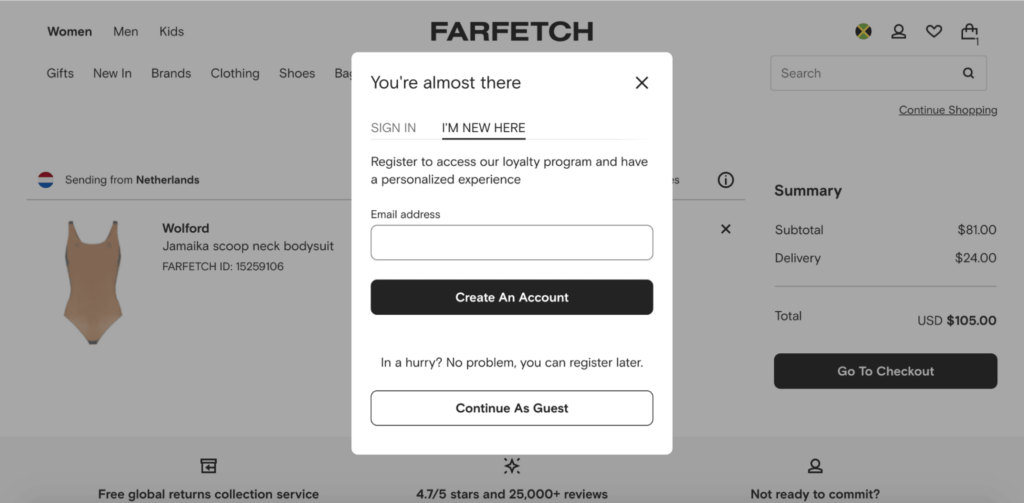
Having a guest checkout option can save your customers time and effort. If they have to make an account to shop in your store or if they forget their details, this can lead to dropoffs. Offering an easy guest checkout option on your online store can solve this.
One downside of guest checkout, however, is that it can be trickier to market to these customers or collect the same level of data and insights as you’d ideally like. However, you can mitigate this by allowing them to opt-in to communications as part of the guest checkout process.
Free shipping and other hidden costs
Extra (hidden) costs that are too high – such as shipping and taxes – are the biggest reason for cart abandonment. If your buyers encounter shipping fees higher than expected or complicated to work out, they’ll cancel their entire purchase.
You can solve this by providing free shipping at checkout. Of course, this doesn’t mean you have to take the hit on the cost. You can offer this with a minimum amount. Or, you can even build it into your product pricing.
Suppose free shipping isn’t an option for you. An alternative approach is to be more transparent about the total price earlier (before they head to checkout). The key word here is ‘hidden cost’. Your goal is to avoid surprising your potential customers with additional charges at checkout only. More often than not, customers appreciate transparency. Leverage on that.
Cross-sell and upsell products
Another way to optimize your ecommerce checkout process is by using checkout to ‘cross-sell and upsell’ your products. In hindsight, this might look like a plain marketing approach to sell more.
But for customers, this is actually a good way to maximize the time they spend in your store and ensure they don’t miss out on other items they might be interested in. This can equal more sales and can assist customers in hitting their threshold for free shipping.
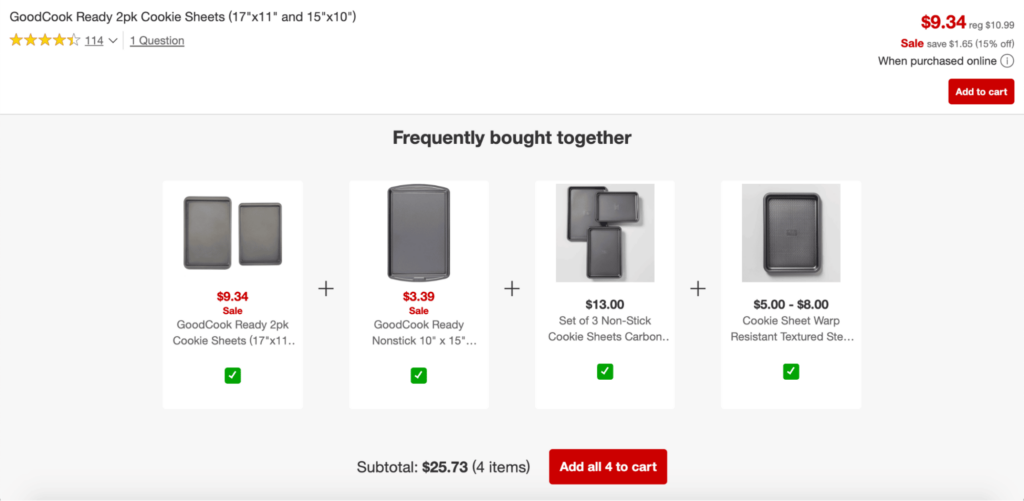
If you’re going to do this, you need to be smart about it. You don’t want to come off as pushy and make your checkout page look distracting. One good practice is to cross-sell or upsell complementary items. Make it so that your cross-selling products that the buyers will really benefit from.
Offer alternative payments
The ways that people can pay for their cart have never been more diverse! You can give your customer the option to pay by their preferred method for a painless checkout process.
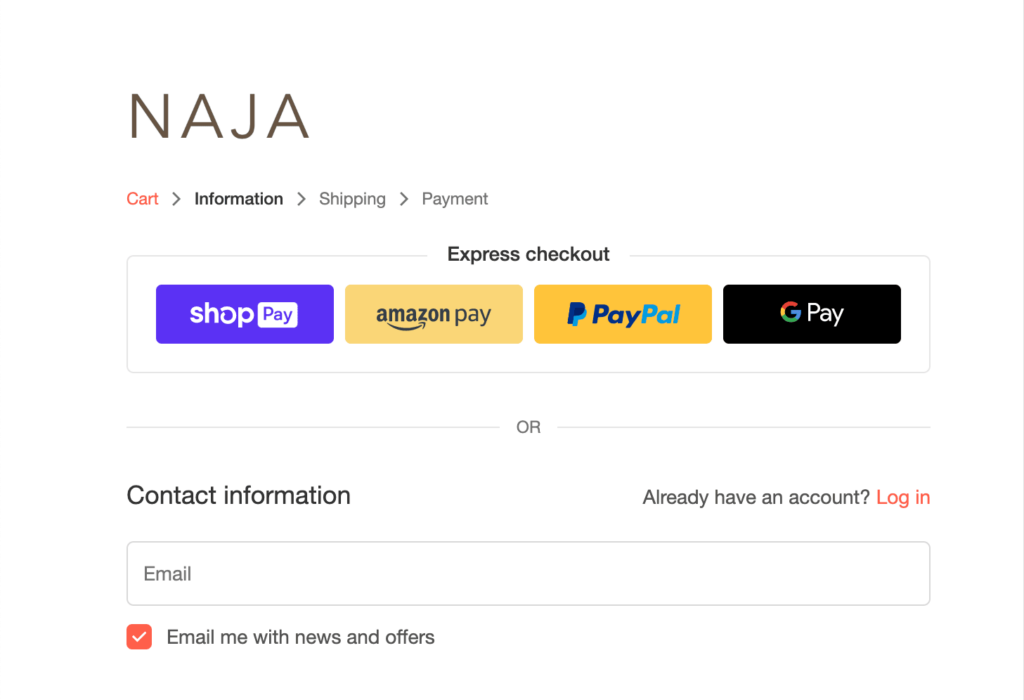
The most common way is by credit card payment, but popular alternatives such as Paypal, Google Pay, crypto, and even Buy Now Pay Later apps, to name a few.
Take the time to find out which methods your customers are the most interested in using, and make sure it’s available. An analysis of your existing sales will also help you with research.
For card payments, you also want to ensure your payment processor can take all different types of cards and that you’re upfront if there are any that you don’t accept.
Live chat and support
Your potential customer couldn’t get hold of anyone to ask about their issue? They probably dropped off your site and went to a competitor whose ecommerce process worked without a hitch.
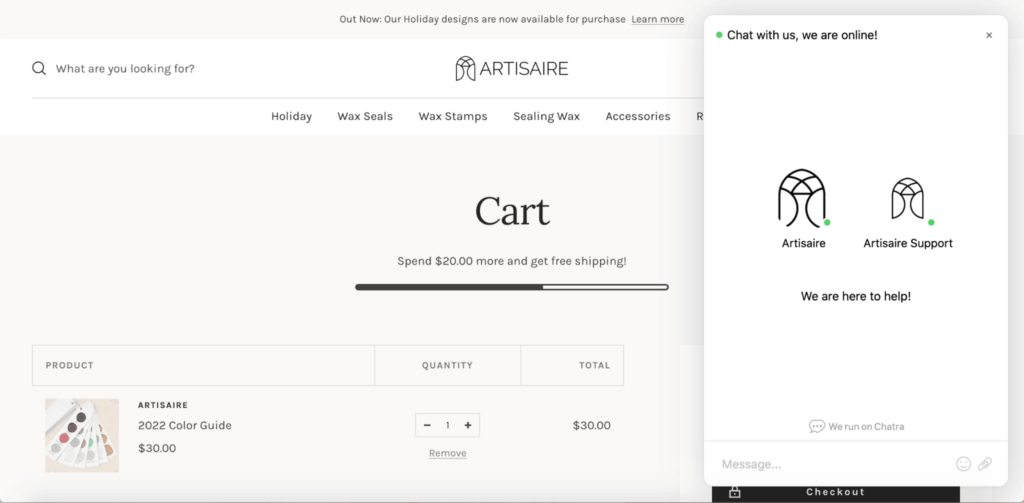
If people are dropping off and you can’t see why, there may be a problem with your checkout overall. The first step is to try and identify what the problem is and how to fix it. Offering live chat and support can help flag issues or technical problems and then help you provide an alternative for your customers.
Have a responsive design
79% of smartphone users have made an online purchase using their mobile device in the last 6 months. Your website needs to work across devices, so opt for a responsive site that works just as well for mobile as desktop. It shouldn’t be an afterthought.
Build trust
Trust is a big part of the checkout process. If your customers don’t feel safe, they can back out. Make sure your ecommerce checkout process helps show that your store is legit and can be trusted.
There are different ways to make your online store look trustworthy.
- Make sure you have a secure site by using HTTPS
- Strategically place customer reviews on your site
- Only use trusted third-party services on your store
How to Convert Checkout Drop-offs
If you’ve looked at your checkout processes, examined your analytics, and you’re still getting drop-offs, here are some ideas that can help you to convert those missed sales into dollars.
- Push notifications/pop-ups – when people go to navigate off-site, a well-written pop-up or notification offering them a discount, newsletter sign-up, or reminder of what’s in their basket can go a long way to converting them. Most websites have this functionality, or you can pick up a plug-in or app that’ll do it for you.
- Retargeting and remarketing – setting up your site for retargeting and remarketing through Facebook or Google can ensure that your potential customers don’t forget about the products they’ve seen on your site. You can even send across info on offers or promotions as they browse. Work with a digital marketing professional to set up your digital marketing, and make sure you’re using the best photos for your ecommerce site.
- Abandoned cart emails – if your customer has signed in to check out but has dropped off, then it might be time to send out some reminders to take a look at what’s been left in their cart.
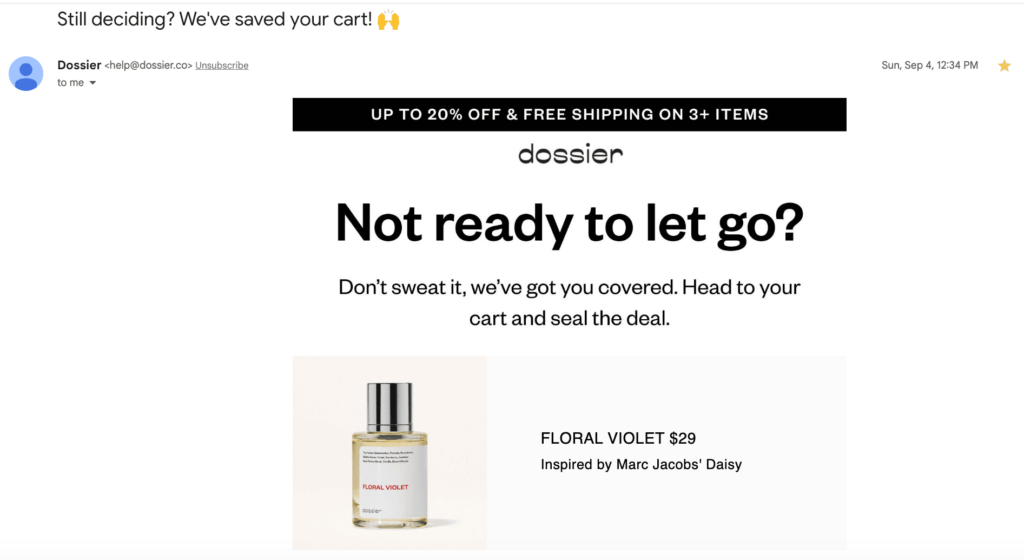
Offering a discount or incentive to purchase can also be an excellent way to tip the buyer from “uncertain” to “all in.” Some customers use this as a deliberate strategy to grab a discount, but it can increase your sales significantly.
- Seek feedback and offer a discount – if you’re struggling to pinpoint the problems with your processes or your site has experienced some significant issues, then sometimes seeking feedback is the best way forward. Whether this is sending out automated questionnaires, reaching out personally, or working with a market research agency. Offering a discount in exchange for their time can help to encourage a future sale.
Final Thoughts on Ecommerce Checkout Optimization
Unless your ecommerce checkout process is seamless, you will likely experience a high drop-off rate and low conversions. However, it is possible to fix it with proper ecommerce checkout optimization.
It’s essential to keep your customers’ needs at the heart of your optimized ecommerce checkout process, whether that’s making it easier to check out, offering different payment options, offering free shipping, offering incentives, or making your site easier to navigate.








